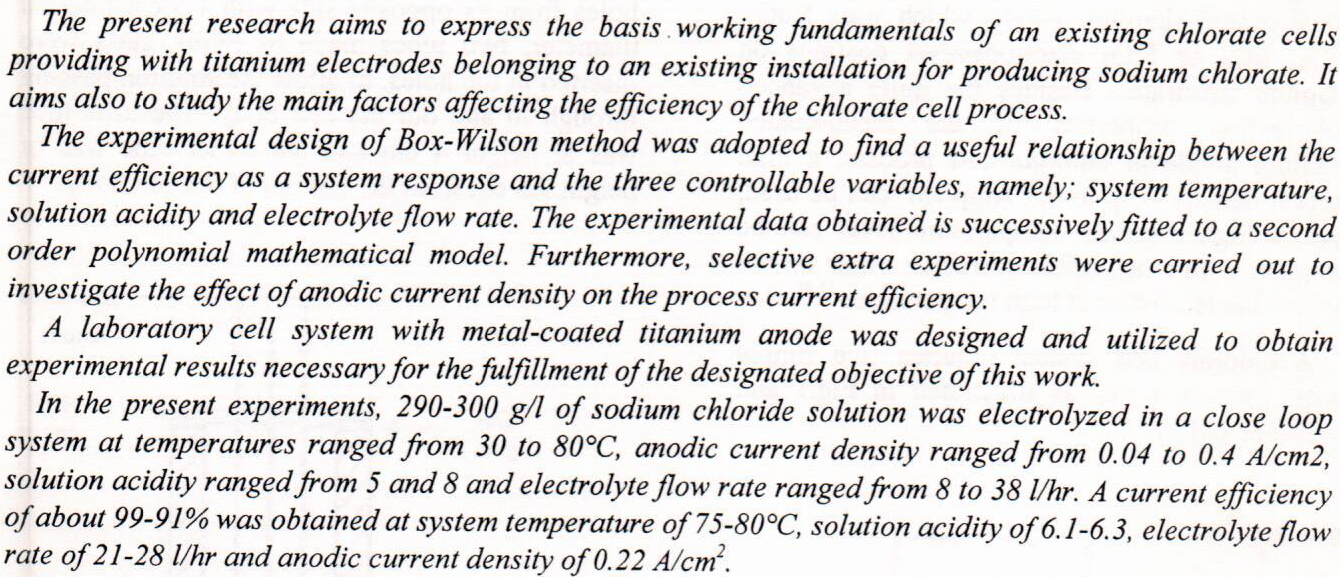
The Ligand 6,6--(1,2-benzenediazo) bis (3-aminobenzoicacid) derived from o-phenylenediamine and 3-aminobenzoicacid was synthesized. The prepared ligand was identified by Microelemental Analysis, 1HNMR, FT-IR and UV-Vis spectroscopic techniques. Treatment of the ligand with the following metal ions (CoII, NiII, CuII and ZnII ) in aqueous ethanol with a 1:1 M:L ratio and at optimum pH. Characterization of these compounds has been done on the basis of elemental analysis, electronic data, FT-IR and UV-Vis, as well as magnetic susceptibility and conductivity measurements. The nature of the complexes formed were studied following the mole ratio and continuous variation methods, Beer's law obeyed over a concentration range (1×10-4 - 3×10-4 M). H
... Show More (1)
(1)
The variation in wing morphological features was investigated using geometric morphometric technique of the Sand Fly from two Iraqi provinces Babylon and Diyala . We distributed eleven landmarks on the wings of Sand Fly species. By using the centroid size and shape together, all species were clearly distinguished. It is clear from these results that the wing analysis is an essential method for future geometric morphometry studies to distinguish the species of Sand Flies in Iraq.
 (1)
(1)
The ring modulator described in part I of this paper is designed here for two operating wavelengths 1550nm and 1310nm. For each wavelength, three structures are designed corresponding to three values of polymer slot widths (40, 50 and 60nm). The performance of these modulators are simulated using COMSOL software (version 4.3b) and the results are discussed and compared with theoretical predictions. The performance of intensity modulation/direct detection short range and long rang optical communication systems incorporating the designed modulators is simulated for 40 and 100Gb/s data rates using Optisystem software (version 12). The results reveal that an average energy per bit as low as 0.05fJ can be obtained when the 1550nm modulator is d
... Show MoreCoupling reaction of 2-amino benzoic acid with 8-hydroxy quinoline gave bidentate azo ligand. The prepared ligand has been identified by Microelemental Analysis,1HNMR,FT-IR and UV-Vis spectroscopic techniques. Treatment of the prepared ligand with the following metal ions (ZnII,CdII and HgII) in aqueous ethanol with a 1:2 M:L ratio and at optimum pH, yielded a series of neutral complexes of the general formula [M(L)2]. The prepared complexes have been characterized by using flame atomic absorption, (C.H.N) Analysis, FT-IR and UV-Vis spectroscopic methods as well as conductivity measurements. The nature of the complexes formed were studied following the mole ratio and continuous variation methods, Beer's law obeyed over a concentration ra
... Show MoreThe present study was Conducted to evaluate the effect of amixture of three species of arbuscular mycorrhizal fungi ( Glomus etunicatum , G. leptotichum and Rhizophagus intraradices ) in Influence on the percentage of the components of NPK and protein of tomato leaves and roots infected with Fusarium oxysporum f.sp. Lycopersici wich cause Fusarial wilt disease , planted for 8 weeks in the presence of the organic matter ( peatmose) , using pot cultures in aplastic green house , Results indicated significant increase in the percentage of the elements of NK and protein of tomato leaves and roots In the control treatment (C), While the percentage of the element P was after infection with the pathogen 4 weaks after mycorrhizal colonization in al
... Show MoreThe possibility of using activated carbon developed from date palm seeds wastes as a permeable reactive barrier (PRB) to remove copper from polluted shallow groundwater was investigated. The activated carbon has been developed from date palm seeds by dehydrating methods using concentrated sulfuric acid. Batch tests were performed to characterize the equilibrium sorption properties of new activated carbon in copper-containing aqueous solutions, while the sandy soil (aquifer) was assumed to be inert. Under the studied conditions, the Langmuir isotherm model gives a better fit for the sorption data of copper by activated carbon than other models. At a pilot scale, One-dimensional column experiments were performed, and an integrated model ba
... Show More